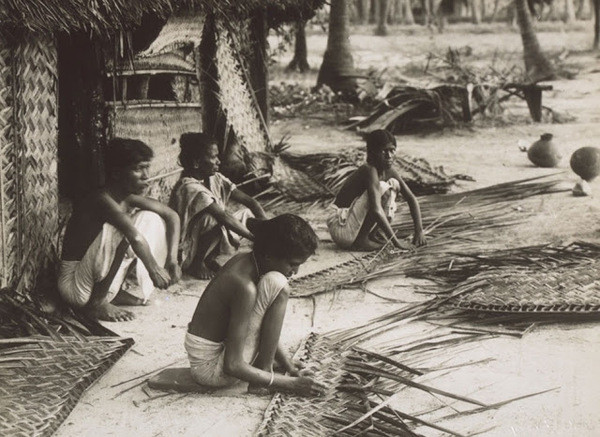History Of Women's Caste Struggle Removed by CBSE

NEW DELHI: Last month, the Central Board of Secondary Education (CBSE) issued a directive that dropped a section from a chapter on ‘Caste conflict and dress change’ that had references to the Nadar community from the Class XI Science syllabus.
“No questions from the section should be asked in 2017 Summative Assessment,” the CBSE said in a circular issued to teachers and students across the country. The specified section in the chapter covered the social history of clothing, with a reference to the Nadar community stating that the Nadars were largely considered a “subordinate community” and were expected to follow the local custom of not covering their upper bodies.
The decision to drop the section came after a political controversy snowballed, with various Tamil political parties objecting. Later that year, Jayalalithaa, who was Chief Minister at the time, wrote to the centre seeking for the removal of the “objectionable” section.
Nadar -- also referred to as Shanar -- is a Tamil caste of South India and Sri Lanka. In the 19th century, men and women from the Nadar community were not allowed to wear upper body clothes, symbolizing their lower status. Women had to wear clothes revealing their breasts in front of upper caste people. On the contrary, women from Nair community -- who belonged to higher caste -- used to wear clothes covering their upper body and shoulders.
This similar situation was faced by Ezhava community in Kerala. Nangeli, an Ezhava woman from Cherthala in Kerala, in protest to the breasts taxes, which has to be given if the lower caste women wants to cover their upper bodies – chopped off her breasts and handed them over them to the tax collector on a plantain leaf before dying of blood loss.
Uneasy with their social status, a large number of Nadar people embraced Christianity and started wearing long clothes. When Christianity further spread, the Nadar women started wearing Nair’s clothes. After some time, the British Dewan of Travancore court, issued an order granting permission to women of Nadar community who converted to Christianity to wear full body clothes. However, he had to withdraw this due to protests from the upper caste community as they thought it will wipe out the caste differences. This eventually gave way to the Channar revolt, also known as Maru Marakkal Samaram, which refers to Nadar women’s struggle to wear upper body clothes.
The dress code remained discriminatory until 1915 – 1916, and the Nadar opposition to it was supported by Mahatma Ayyankali. After this revolt, pamphlets appeared putting forth the claims of Kshatriya status to Nadars. By 1891 at least 24,000 Nadars had mentioned their caste to the census enumerator as Kshatriya.
These are some stories which show the horrific practices in the name of the caste system. Caste discrimination has been a historical reality of India, and the struggles of the lower castes form a part of India’s historical identity -- being taught to students as part of their CBSE syllabus. However, political pressure has succeeded in ensuring the removal of these historical facts, with the objection being centred around the narrative that the stories as ‘obscene.’ As such, organizations who wanted a highly sanitized version of history to be taught in classrooms are succeeding.
Santosh R., an assistant professor in the department of humanities and social sciences at IIT Madras, in an interview to a leading newspaper, has commented the removal as in this process, very important historical events that are highly relevant to understand historical evolution of gender and caste relations in India are erased. The Government, by bowing down to pressure, is actually denying students to study objective history in classrooms so as to form a deeper historical understanding of current realities.
Historians and intellectuals have strong opinions in this regard and have came forward against it. J. Devika, a historian at the centre for development studies in Thiruvananthapuram, is of the view that Nadar women’s revolt is important for students primarily because the issue is about caste and dignity rather than feminine modesty.
It may be true that some sections of the Nadar community don’t want to discuss their past as they perceive it to be disgraceful. However, it is very regrettable because the Channar revolt or upper cloth revolt should actually be a matter of pride for the community whose women stood up against the British and upper caste authorities for their dignity.
Rupesh Kumar, a documentary film maker from Kerala who also actively follows Dalit issues in India, in an interview to a magazine has expressed that the removal is a political move by the BJP-led government to bury the struggles initiated by lower caste people in India. He also said that the Hindu powers that be always discarded the histories of such movements from any communities.
It is imperative that history is not re-written or erased, especially when moral arguments are used by those in power to obfuscate struggles that were based on gender and social equality.



